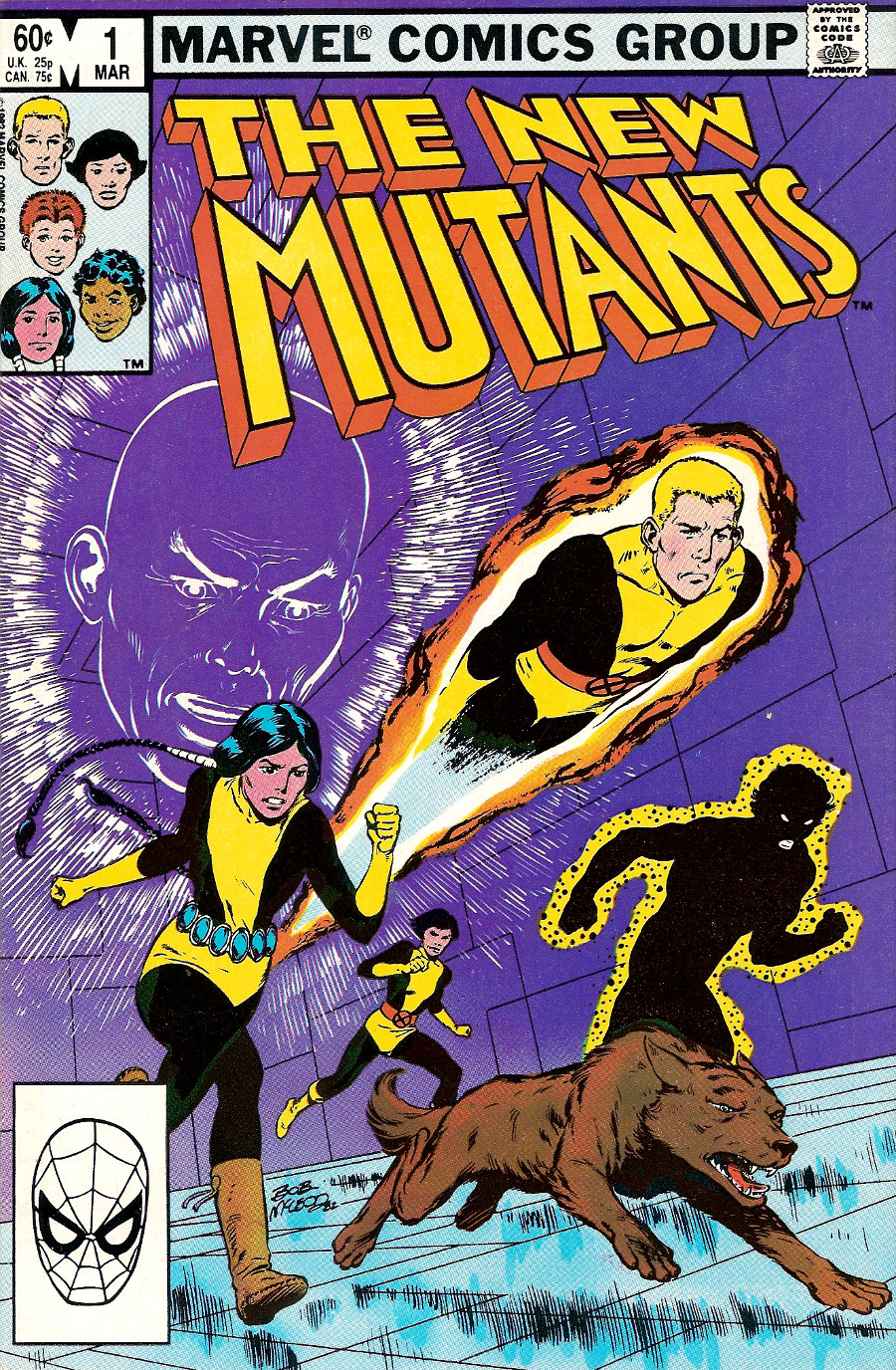 By 1983, the X-Men had become one of the top sellers for Marvel, so they naturally did what any company wanting to make even more money would do. They created a spin-off.
By 1983, the X-Men had become one of the top sellers for Marvel, so they naturally did what any company wanting to make even more money would do. They created a spin-off.
The new series would be called The New Mutants, and it would introduce a new group of teenage students for Xavier to mentor. The X-Men had long since strayed from their original conception as a school for mutants, having taken on older members like Banshee and Wolverine and become a more standard superteam battling world-threatening menaces.
Issue one of the new series, written by Chris Claremont with art by Bob McLeod and Mike Gustovich, starts off a little confusing, with the group already established, although they obviously don’t know each other very well yet. Marvel had tried a new approach, debuting the group in a Marvel Graphic Novel before launching the series. Not having read the graphic novel, I always felt a little behind the curve while reading the series, even though I stuck with it for most of 60 issues.
That feeling was partly caused by the almost substanceless first issue. The story had to bring new readers like me up to speed on the characters and their relationships, but without the benefit of a strong story structure like you would have in a standalone graphic novel. The new faces sort of mill around and argue, and then have Danger Room workouts to demonstrate their powers and personalities.
Which points up another problem of the original team: unlike the X-Men, who really seemed to be set up as a fighting team, the New Mutants were combat light. Aside from super-strong Sunspot and invulnerable Cannonball, the group included:
- * Wolfsbane, who turned into a wolf, and not even a magical werewolf
- * Karma, who possessed people
- * And Mirage, who could project images of people’s thoughts.
Not exactly the line-up you need when you’re fighting Sentinels.
I really liked McLeod’s art on the series. His stuff was always laid out and structured well, really solid drawing with just enough detail. But for whatever reason (and I’m guessing deadlines), he only lasted three issues as penciller. Issue four saw Marvel stalwart Sal Buscema take over the pencils, with McLeod inking to keep a more consistent feel with what had gone before.
Buscema stayed on through issue 17, but the book felt more solid than some of his other work at the time, because they kept him with interesting inkers–Tom Mandrake and Kim DeMulder–who weren’t afraid to dress up his breakdowns.
Meanwhile, Claremont changed the composition of the team to bring in more combat power. Karma was written out, and a newer new mutant named Magma was brought in to provide literal firepower. Colossus’s sister Illyana, now known as Magik, was also added.
And then came issue 18, and the book’s real leap into prominence. Sal Buscema left and was replaced by Bill Sienkiewicz, who promptly took the art in a more experimental direction. I had written Sienkiewicz off long ago as a second-rate Neal Adams imitator, but in The New Mutants, Sienkiewicz fused several disparate influences, including classic American animation and Ralph Steadman‘s  disquieting work, into something completely unique.
For instance, this sequence  from his first issue in which Mirage battles the nightmarish demon bear which murdered her parents.
There’s none of Adams’s realism about the bear. It’s just an ominous looming shape with angry jagged edges. Sienkiewicz only stayed on the book for about a year, but during that time, he attracted a lot of attention, not just to his own experimental style, but also to this second-string team of mutants and their increasingly strange adventures. Another team member was added, an alien shapeshifter named Warlock who was suited to Sienkiewicz’s strengths. And at the end of Sienkiewicz’s run, an old face made a reappearance, this time as a villain (temporarily, at least).
Kind of a crazy misstep for Claremont, having one of the group’s founding members turn evil because she got fat (or something–it apparently happened in another book I didn’t read, and I’ve only been skimming these old issues, so I can’t tell you what actually happened).
After Sienkiewicz left, the book never seemed to settle down with a stable creative team. Steve Leialoha did a few issues, Jackson Guice did a few issues, as well as June Brigman. Keith Pollard, Kevin Nowlan, Rick Leonardi and Sal Buscema (again) all did fill-in issues.
Chris Claremont left with issue 55 and the book took on a new creative team, with Louise Simonson writing and Bret Blevins  on pencils. Only a few issues later, Marvel launched into their big “Fall of the Mutants” event, which killed off several characters (this just a year after the “Mutant Massacre” which had killed or crippled a bunch more, including Colossus and Nightcrawler of the X-Men). The whole thing left a bad taste in my mouth.  I quit The New Mutants with issue #61, and quit X-Men, and pretty much Marvel entirely, a few issues later.

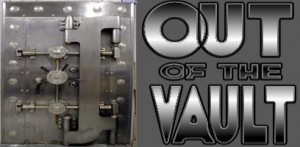
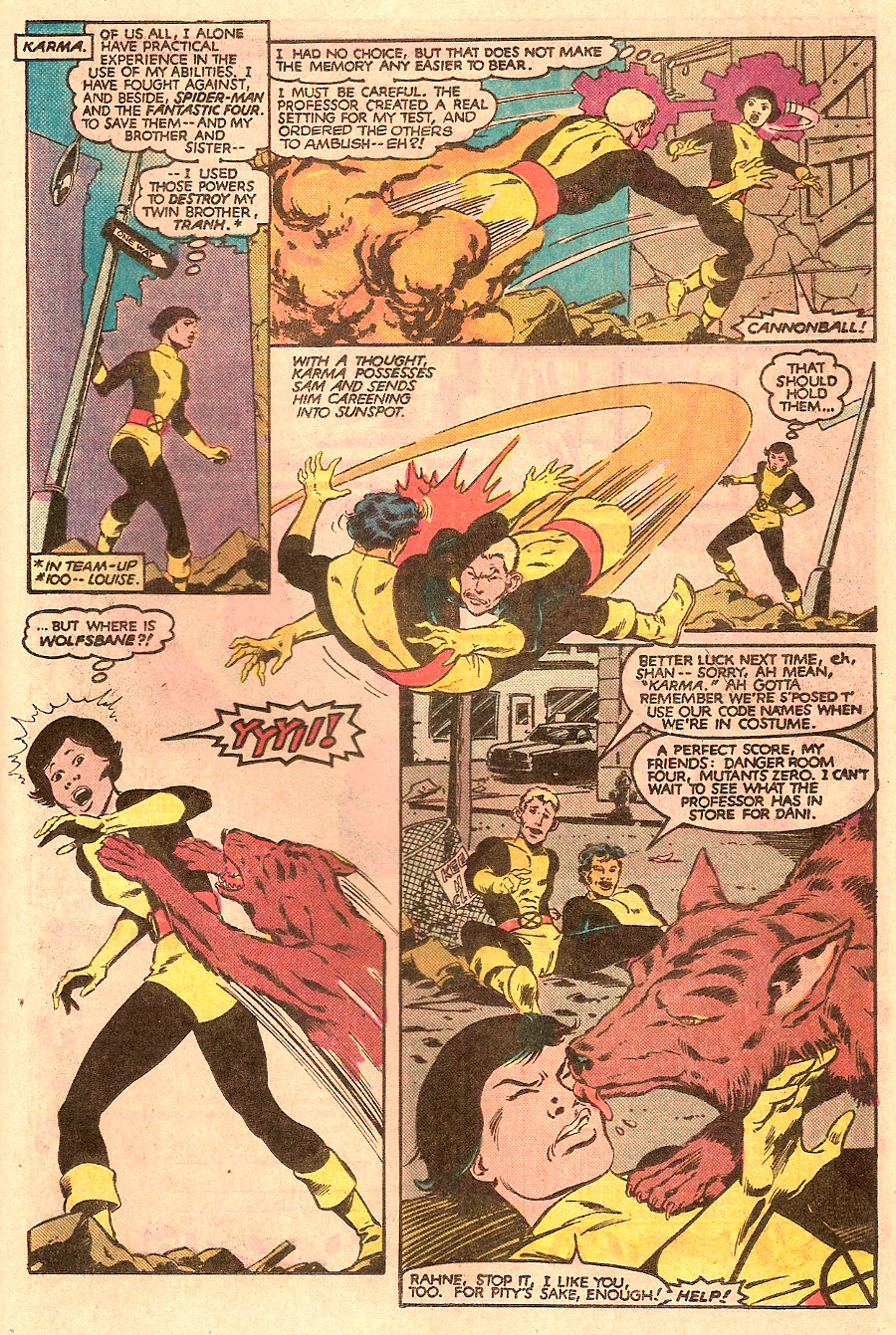
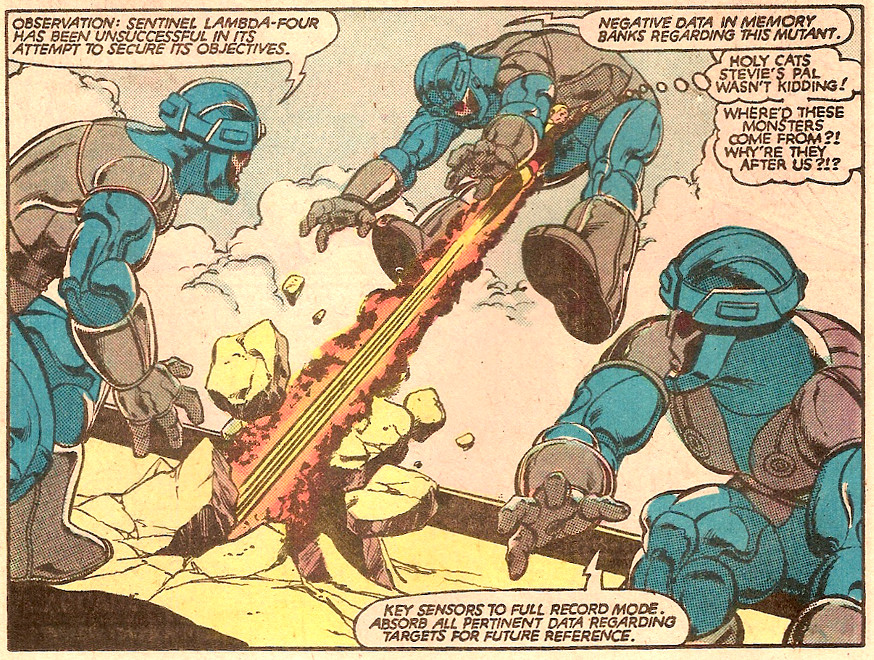
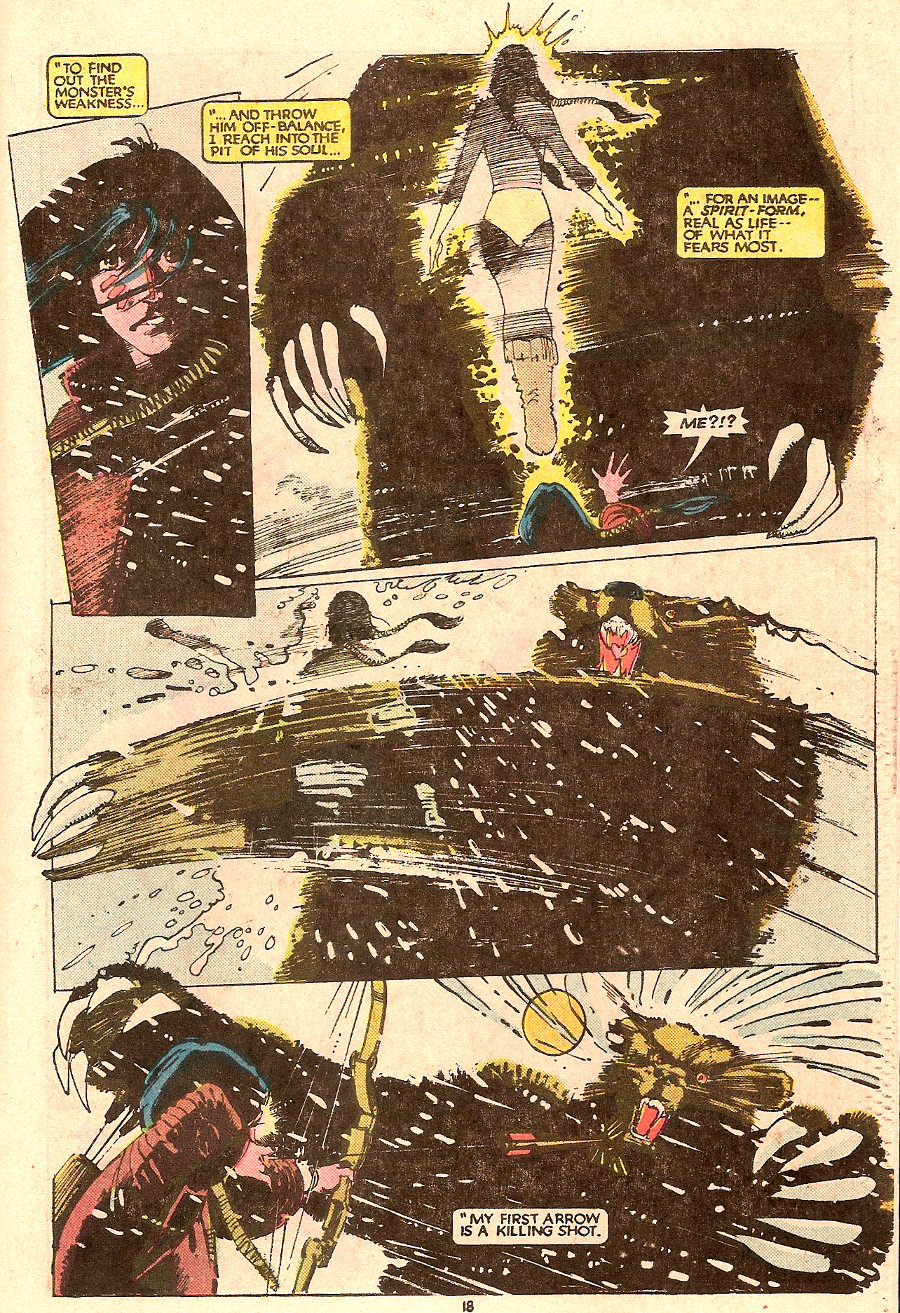
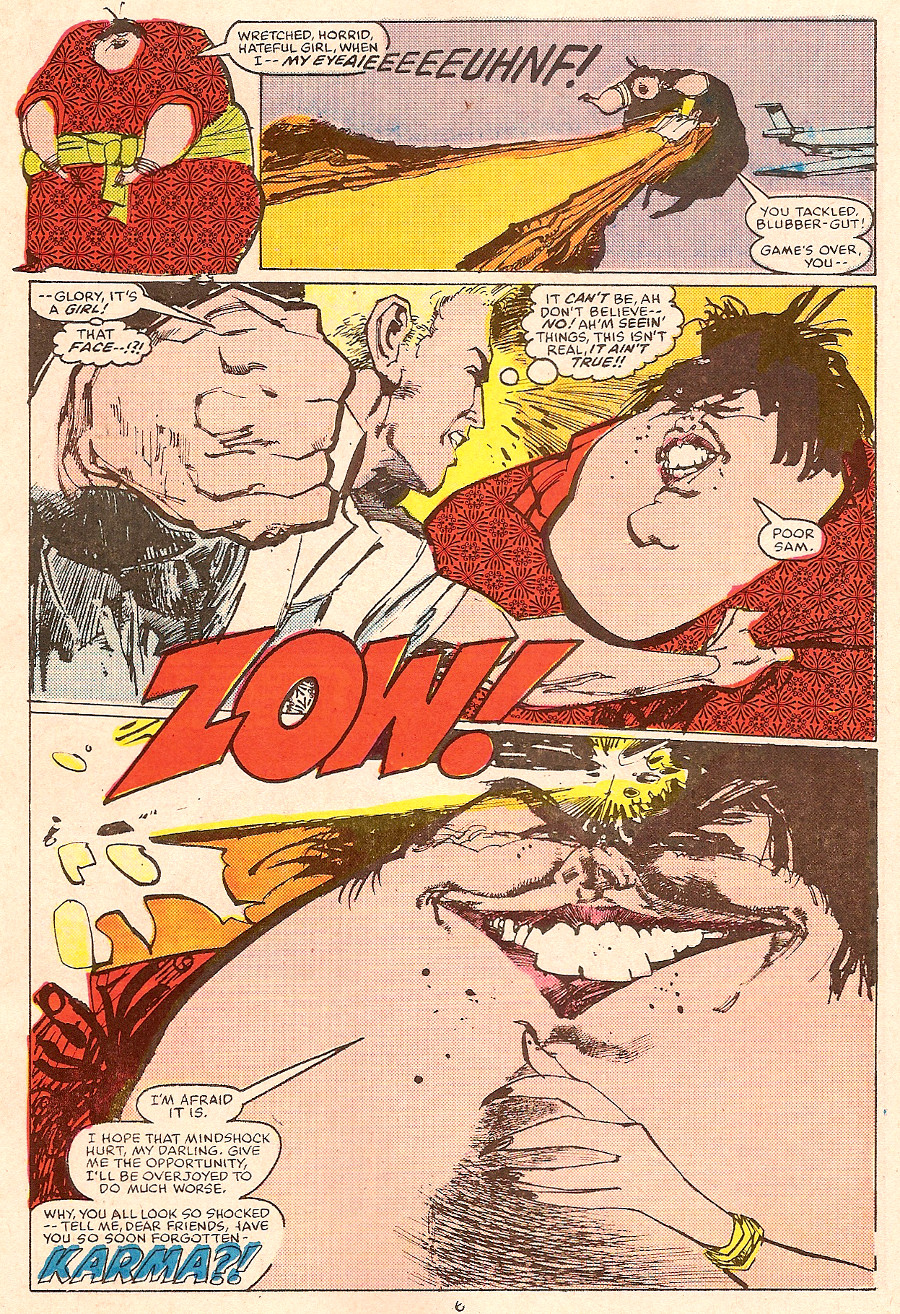



Bill Sienkiewicz. Him. Yeah, as far as I was concerned he utterly ruined the book I loved. I was a teenager reading this, and I’m dead sure I’m not the audience it was aimed at, but I really loved that book. The new artwork was an abomination as far as I was concerned.
I was never a huge NM fan. I loved some of the characters, but the stories were just substandard, and nobody at Marvel seemed to get the characters or know what to do with them. About the time of Secret Wars II when the Beyonder killed them all off for no reason, I realized nobody at Marvel cared about them, and so neither should I.
Sienkiewicz’ stuff was amazing though. His style was like Miller’s jagged edges and Mignola’s heavy darks and bold style filtered through a more classic sensibility. Those demon bear issues he did look awesome.
Couple of points:
–you actually didn’t miss all that much with the graphic novel. I mean, you missed a pretty good introductory story, but many of the plot points – Dani’s hatred of whites, Roberto’s personal tragedy, Sam working for the bad guys before he wised up – were never carried over into the main series.
–the Danger Room sequences also were to show how much further along Kitty was compared to the “X-Babies”; we were only a couple of years removed from *her* “cross the Danger Room” test, which she passed with her eyes closed. Remember, NEW MUTANTS debuted in the same month the X-Men returned to Earth after their Brood arc, in an issue which ended with Professor X announcing that Kitty was being demoted to the student team.
–no, the team wasn’t as combat-ready as the X-Men, but they weren’t supposed to be; that was the point. They were meant to be students, learning how to use their powers and still have a relatively normal life. Also, I think you’re selling Xi’an and Dani a little short. Dani didn’t project images of a person’s thoughts; she projected images–very lifelike images–of a person’s *fears*. Likewise, Xi’an could take complete control over anyone’s body – at this point, Wolverine was the only person who was able to fight her off – and if the person had super-powers, she could use them in a way the person wasn’t normally able to, like making Sam turn so effortlessly, which he wouldn’t be able to do on his own for at least another year. Yeah, they’re not so great against Sentinels, but they’re at least as useful against Sentinels as Bobby and Sam would be against Sebastian Shaw.
–Sienkiewicz’s art was perfect for the Demon Bear arc, but it lost its luster for me very quickly. Just too abstract for my tastes.
–Karma didn’t turn evil because she became fat. She turned evil and became fat because she herself was possessed by one of Xavier’s old enemies, Amahl Farouk, who in turn had been possessed by an entity called the Shadow King (at the time the story was written, it was thought that Farouk was the Shadow King; this was later retconned).
http://marvel.wikia.com/wiki/Amahl_Farouk_%28Earth-616%29
http://marvel.wikia.com/wiki/Shadow_King_%28Earth-616%29